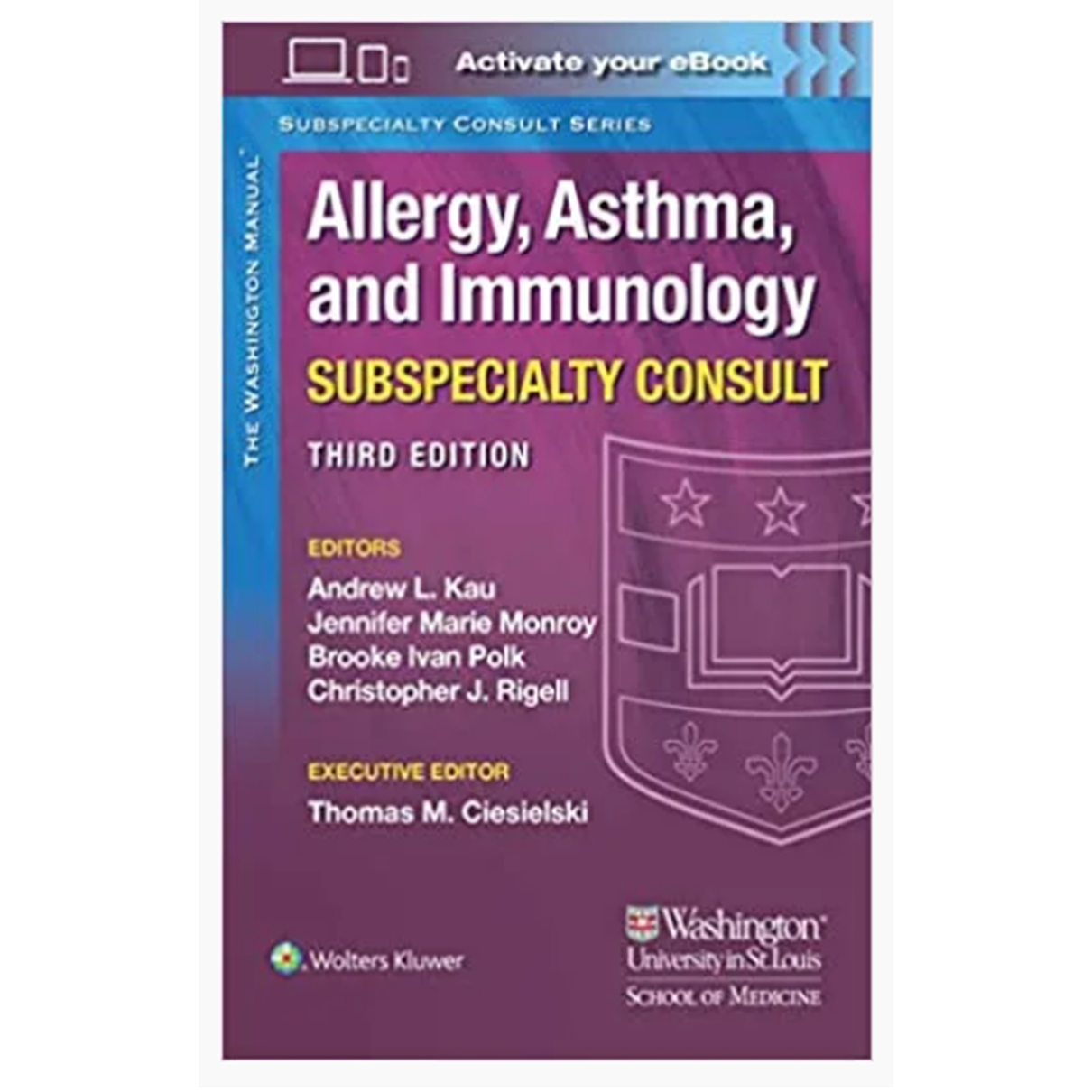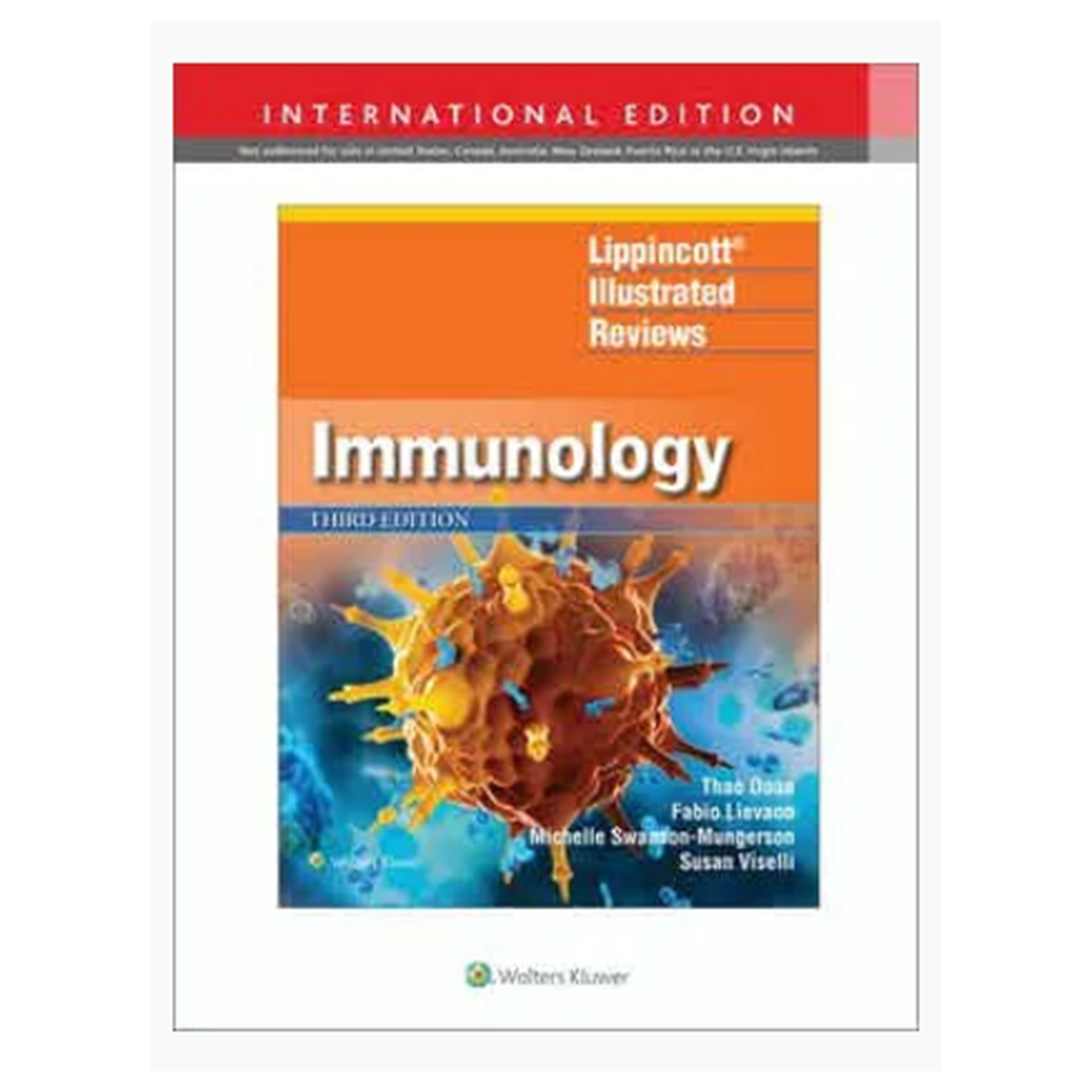Well-written, readable, and superbly illustrated, Cellular and Molecular Immunology, 10th Edition, continues the tradition of excellence established through multiple editions of this bestselling text. Offering an unparalleled introduction to this complex field, it retains a practical, clinical focus while updating and revising all content to ensure clarity and comprehension, bringing readers fully up to date with new and emerging information in this challenging area. It’s an ideal resource for medical, graduate, and undergraduate students, as well as a trusted reference for physicians and scientists.
Key Features
• Highlights the implications of immunologic science for the management of human disease, emphasizing clinical relevance throughout.
• Employs a highly accessible writing style that makes difficult concepts easier to understand, and provides clear implications of immunologic science to the management of human disease and clinical practice.
• Features updates from cover to cover, including new information on intracellular sensors of innate immunity, therapeutic use of monoclonal antibodies, regulation of migration events during T cell-B cell interactions, regulatory and transcriptional events in germinal center formation, immunology of infectious diseases including coronaviruses, human immunodeficiency disorders, and immunology of HIV.
• Provides a highly visual, full-color description of the key immunologic and molecular processes with a fully updated, comprehensive, and consistent art program, including many new and extensively revised illustrations.
• Helps readers grasp the details of experimental observations that form the basis for the science of immunology at the molecular, cellular, and whole-organism levels and draw the appropriate conclusions.
• Includes summary boxes that assist with rapid review and mastery of key material.
• Enhanced eBook version included with purchase. Your enhanced eBook allows you to access multiple-choice questions that correspond to each chapter, plus all of the text, figures, and references from the book on a variety of devices.
目次
Chapter 1 Properties and Overview of Immune Responses
Chapter 2 Cells and Tissues of the Immune System
Chapter 3 Leukocyte Circulation and Migration into Tissues
Chapter 4 Innate Immunity
Chapter 5 Antibodies and Antigens
Chapter 6 Antigen Presentation to T Lymphocytes and the Functions of MHC Molecules
Chapter 7 Immune Receptors and Signal Transduction
Chapter 8 Lymphocyte Development and Antigen Receptor Gene Rearrangement
Chapter 9 Activation of T Lymphocytes
Chapter 10 Differentiation and Functions of CD4+ Effector T Cells
Chapter 11 Differentiation and Functions of CD8+ Effector T Cells
Chapter 12 B Cell Activation and Antibody Production
Chapter 13 Effector Mechanisms of Humoral Immunity
Chapter 14 Specialized Immunity at Epithelial Barriers and in Immune Privileged Tissues
Chapter 15 Immunologic Tolerance and Autoimmunity
Chapter 16 Immunity to Microbes
Chapter 17 Transplantation Immunology
Chapter 18 Immunity to Tumors
Chapter 19 Hypersensitivity Disorders
Chapter 20 Allergy
Chapter 21 Congenital and Acquired Immunodeficiencies
Appendix I Glossary
Appendix II Cytokines
Appendix III Principle Features of Selected CD Molecules
Appendix IV Laboratory Techniques Commonly Used in Immunology





